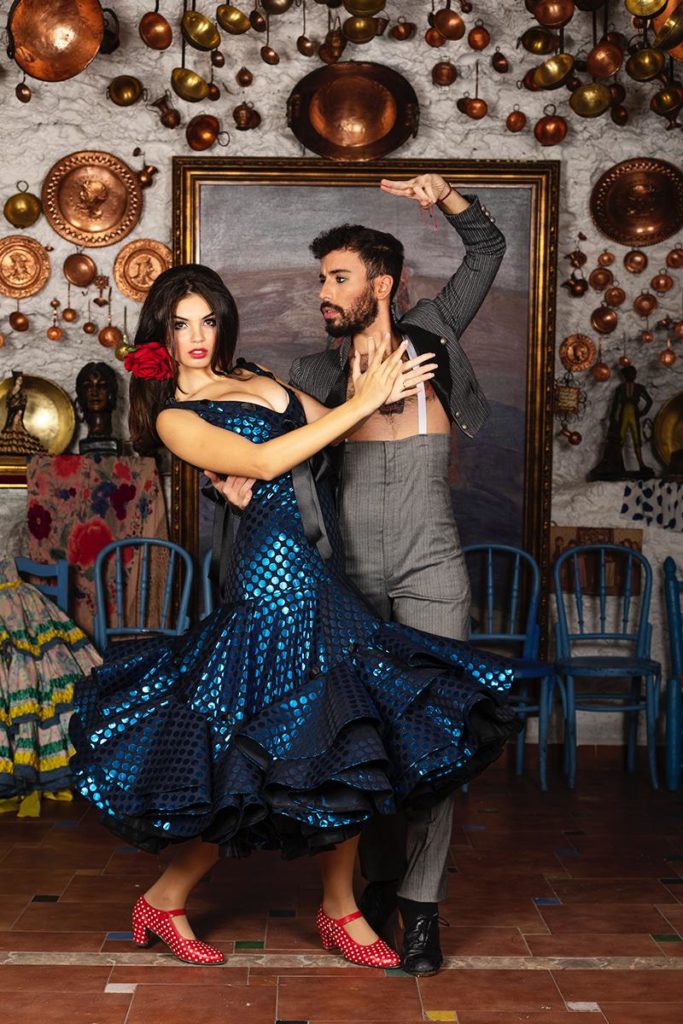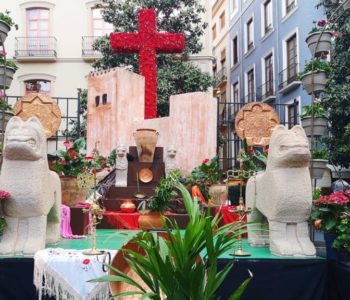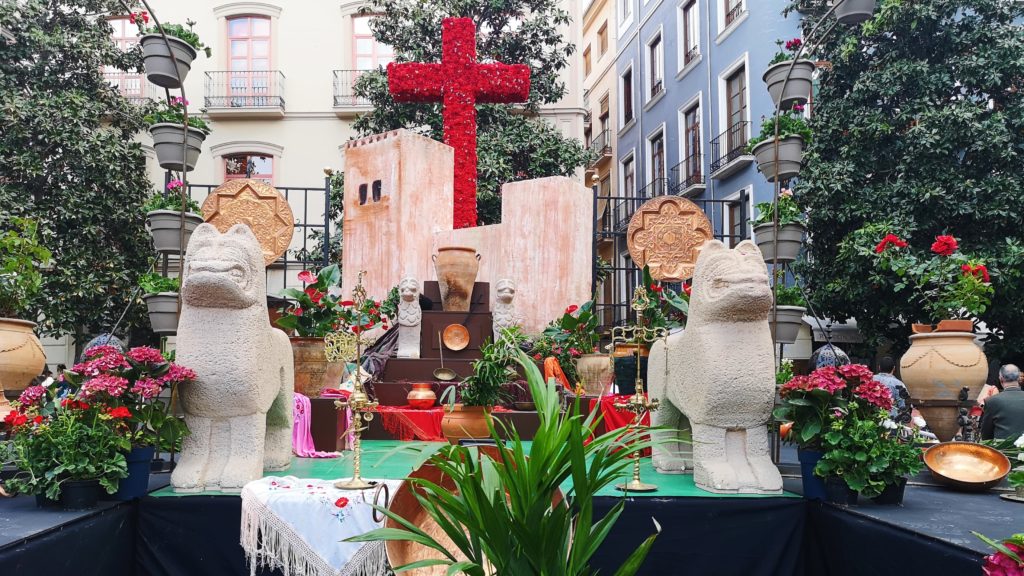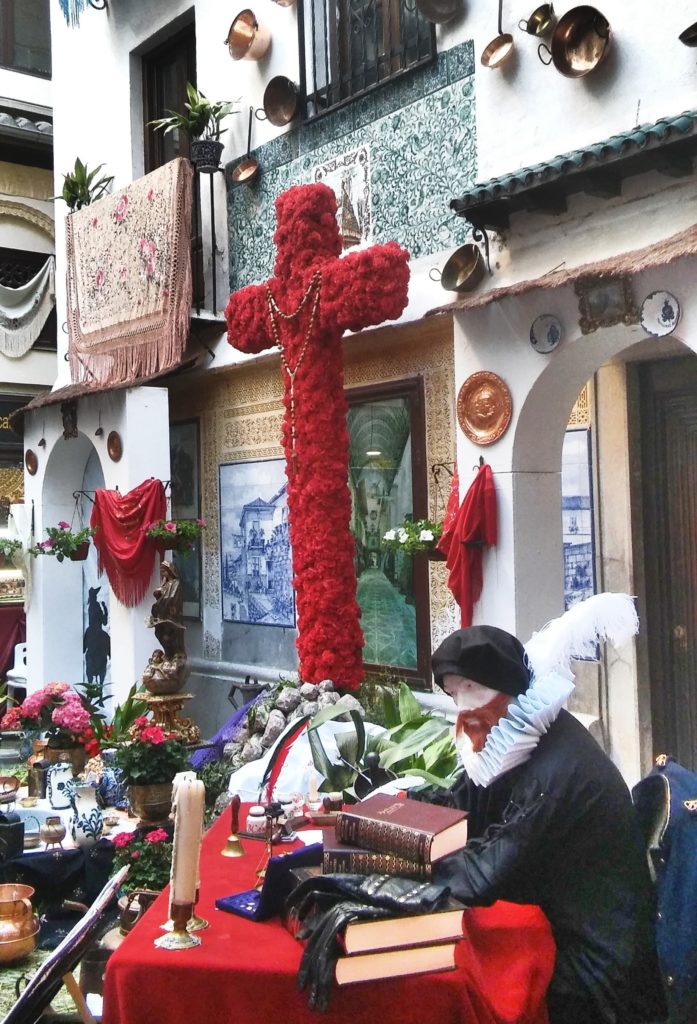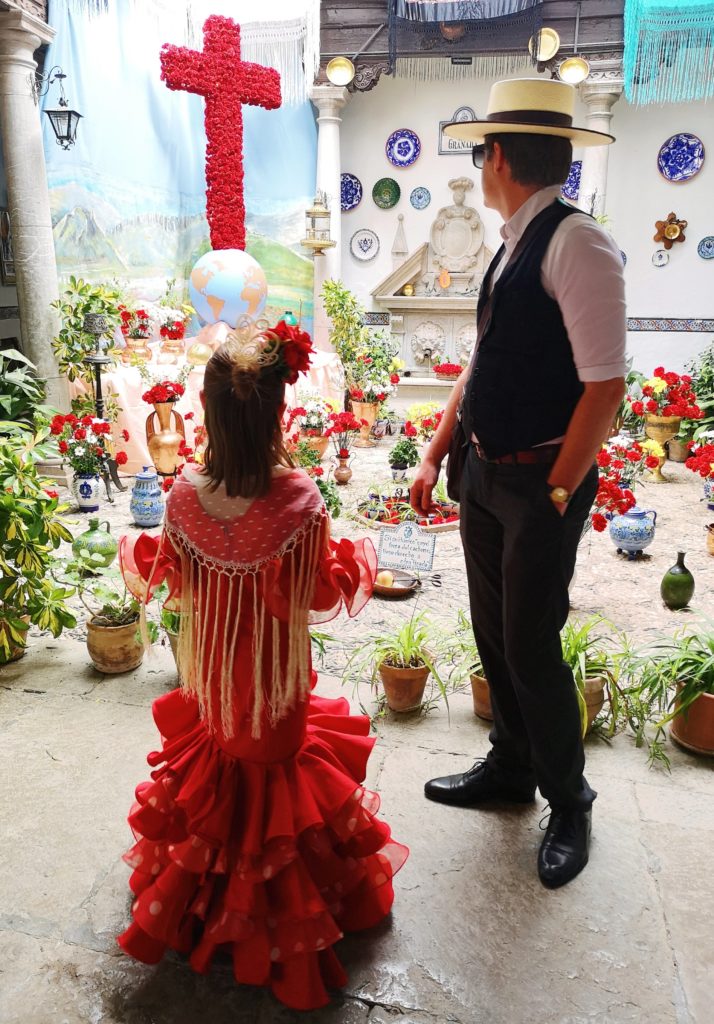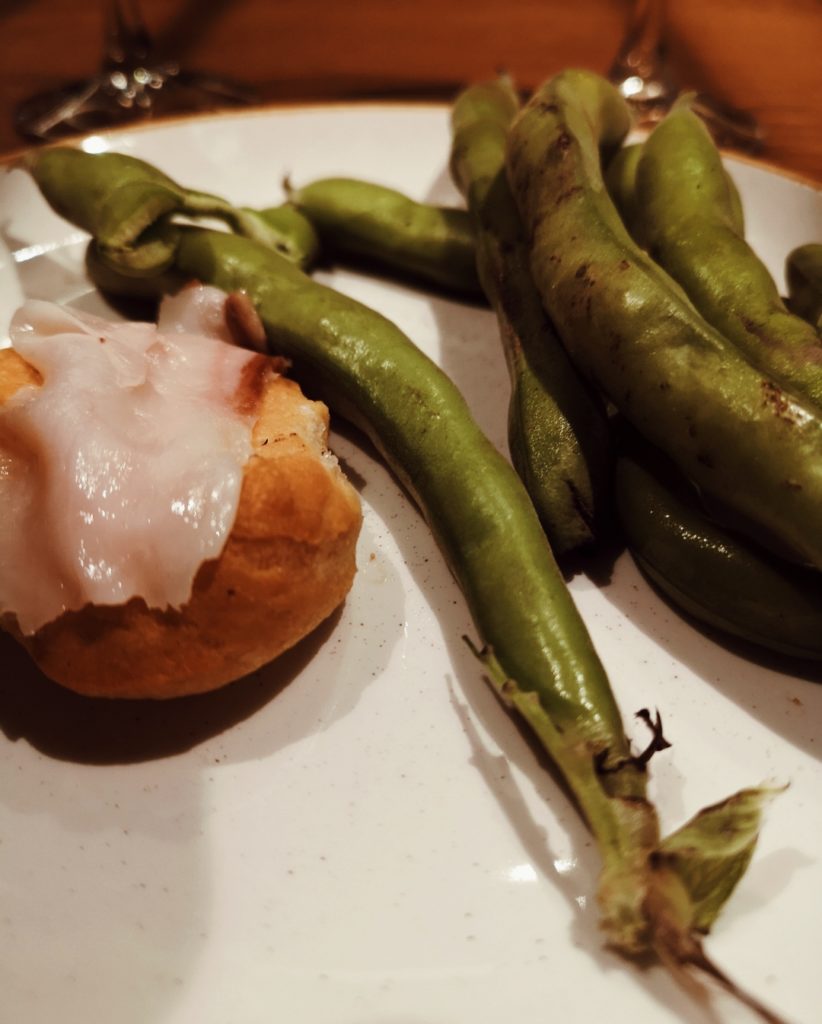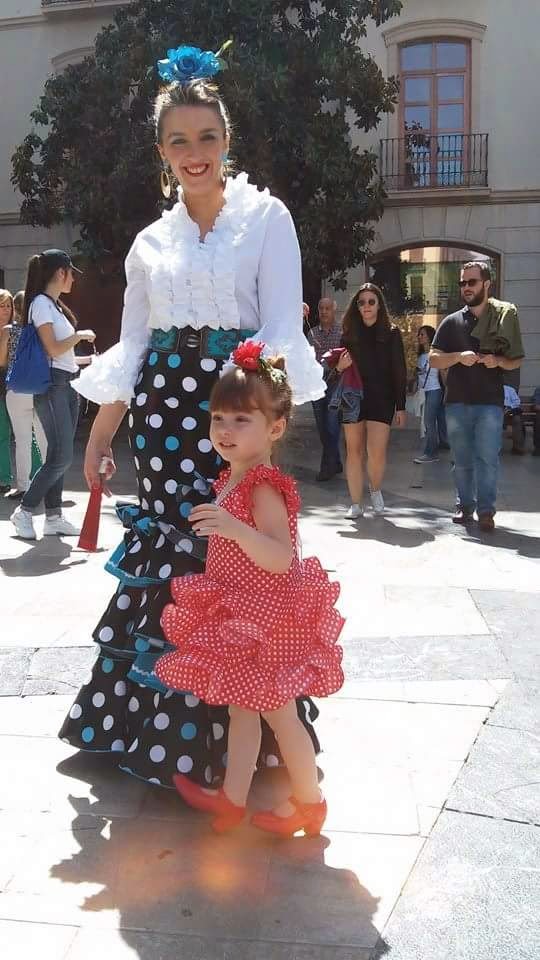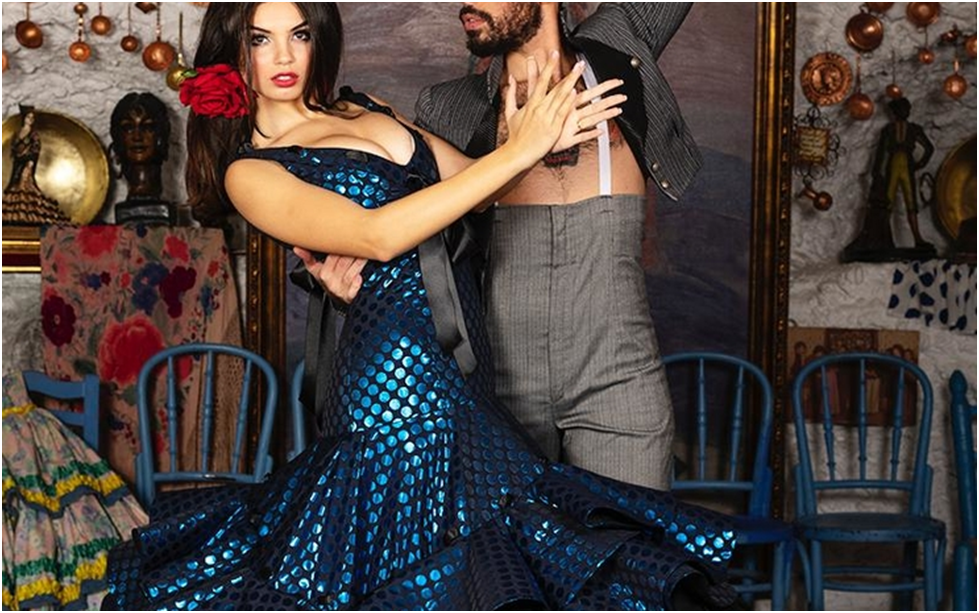 ¡Olé!
¡Olé!
Andalusian Businesses & Covid-19 – Fashion Designer
Andalusian businesses and Covid-19 – Interview with flamenco fashion designer Antonio Gutiérrez
Spain’s Covid-19 state of alarm entered into effect on the 14th of March 2020, just a few days before the start of the season of the most celebrated Andalusian festivities. How are businesses in Andalusia coping with the Covid-19 crisis?
Every year, millions of tourists come to Andalusia for Holy Week, the Seville Fair, the Cordoba Patio Festival and Granada’s Day of the Cross. It’s also this time of year that one of Spain’s most important pilgrimages takes place, the Romería of El Rocío.
In 2019 alone, these festivities contributed over a billion and a half Euros to the region’s GDP.
And, this year, they’ve all been cancelled. So, to see how Andalusian businesses are managing with Covid-19 crisis, and, at the same time, give a voice to various protagonists of Andalusian culture and tradition, the Andalusian section of the international French news site Le Petit Journal commissioned a series of portraits of Andalusian entrepreneurs.
One of these is the following interview of mine with the flamenco fashion designer Antonio Gutiérrez.
Granada’s flamenco fashion week had just come to an end when the Spanish government declared the state of alarm. How did you take the news?
This time of year’s really important for us. There’s the Seville Fair, the pilgrimages, and, of course, lots of weddings. And, from one day to the next, our production completely stopped. We had to cancel everything.
Economically, how is the situation?
Well, currently, we’re not receiving any new orders. Though my customers haven’t cancelled their orders, so, for the moment, it’s fine.
I’ve got a full order book. But next year, what’s going to happen?
Will my customers just wear the creations they bought this year. That means they won’t be ordering anything next year. So, in any case, I’ve decided that, for now, I won’t be putting on any sales.
The government has promised some form of aid for businesses trying to cope with the Covid-19 crisis. Can you benefit from it?
My workshop’s shut, and my seamstresses are all at home, furloughed. We’re waiting to be able to resume production.
But more than any subsidy, I would like the national as much as the regional government to give us creators more visibility. This moment in time should serve as a lesson.
How would that work?
Together with other flamenco fashion designers, we’ve created an association, Qlamenco, whose prime objective is to get flamenco fashion formally acknowledged as a craft industry.
We want the flamenco dresses that have inspired internationally renowned stylists, such as Christian Lacroix or Dolce & Gabbana, to be seen as an art form. We want the business that revolves around it to be based on the model of the Paris or Milan Fashion Week.
For this, we need the Spanish government and the Andalusia Region to support us. To recognize it as an art.
Flamenco fashion is the only regional fashion that continually changes, evolves, creates jobs and is admired the world over, year in, year out.
That’s why we have to have a presence at major events, such as Madrid’s International Tourism Fair, FITUR.
And, during the Paris Fashion Week, why not organize a parallel flamenco fashion show at the Spanish Embassy?
We need space, we need visibility. Even more so after this crisis.
Right now, how are you coping with the Covid-19 crisis on a daily basis?
I’m a positive person. I adapt easily.
I’m particularly active on social media. It’s my way of staying connected with the world.
My brand is selling in Dubai and Belgium. I have to keep it up. For this, social media really works well. As I said before, we are trying to make things happen, to have a broader recognition of flamenco fashion.
Many fashion houses have been manufacturing masks and protective equipment during this crisis …
Us too! When we shut the workshop, all the seamstresses took their sewing machines with them. Some stores in Granada supplied us with fabric. This kind of helping hand is normal. With this crisis, we have had this surge of solidarity, a humanity that has found itself a little lost of late.
Do you have a final message for our readers?
Andalusia is a land well-known for celebration and good humour. I have to admit that, as an Andalusian, I’m very proud of how people here have respected the lock-down.
Us Andalusians are often seen as a bit of a black sheep, but we’ve shown that, beyond the sun and the fun, we can be serious too. We have adapted to this unprecedented situation, all the while keeping a smile on our faces.
Ours is a land of traditions and of solidarity. So we look forward to welcoming back all the world’s lovers of Andalusia and Andalusian culture with open arms.

Find out more about designer Antonio Gutiérrez by visiting his website, Facebook page or Instagram profile.
Article originally published in French in Le Petit Journal, the local and international news site for French expatriates and French speakers.
